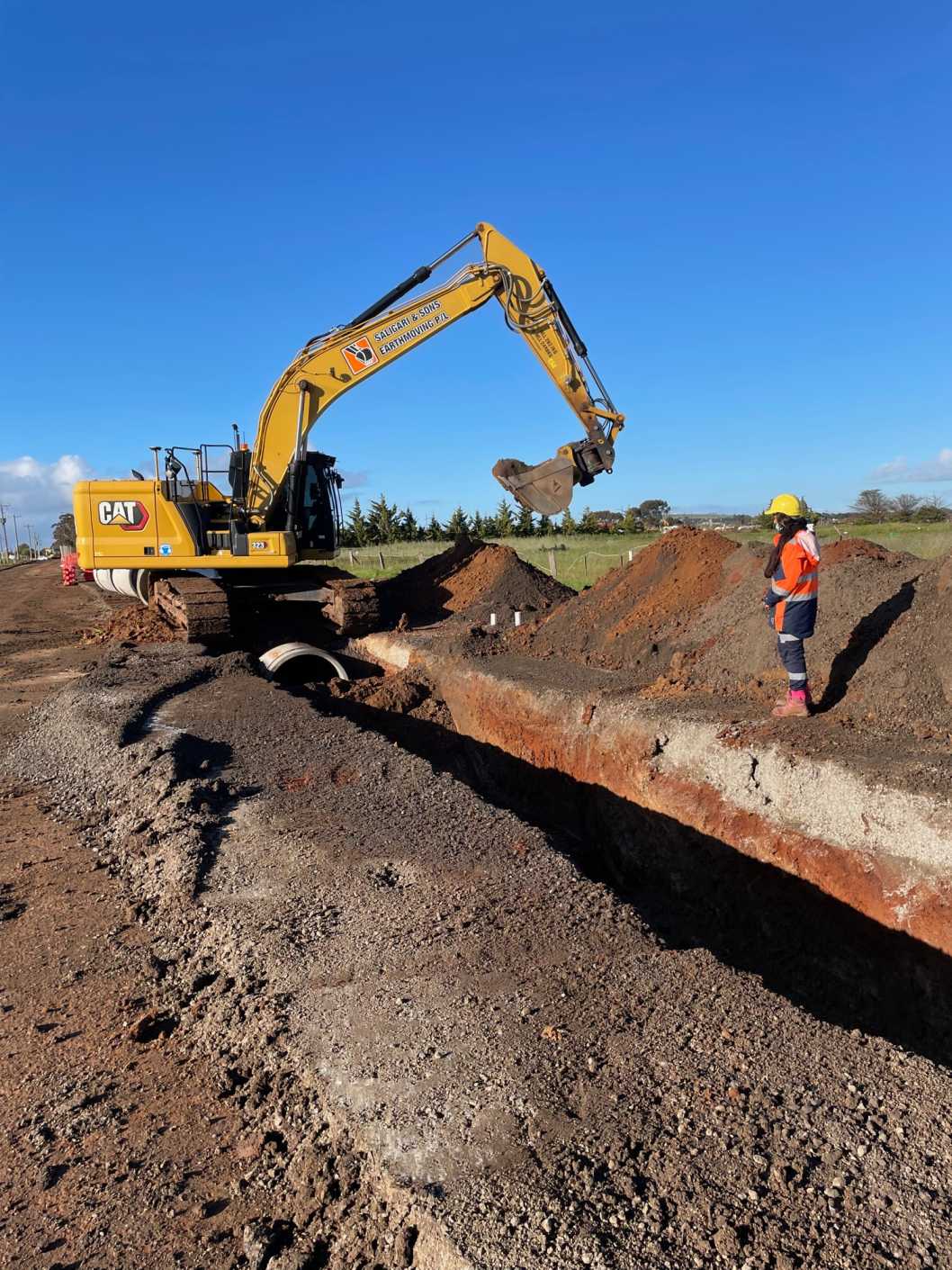
When it comes to worksite safety, there are certain unsung heroes who play a crucial role in preventing electrical accidents and ensuring the well-being of workers. These unsung heroes are electrical spotters, individuals tasked with identifying and mitigating electrical hazards in a worksite. Despite their importance, electrical spotters often work behind the scenes, quietly observing, assessing, and taking action to minimize risks. In this article, we will explore the vital role of electrical spotters in worksite safety and highlight the key responsibilities they undertake to protect workers and prevent accidents.
The Responsibilities of Electrical Spotters
- Identifying potential electrical hazards in the worksite
- Ensuring proper grounding and bonding of electrical equipment
- Monitoring workers to prevent unsafe practices near electrical installations
- Communicating with other workers to maintain awareness of electrical dangers
- Taking immediate action in case of electrical emergencies
- Implementing safety protocols and procedures to reduce risks
The Importance of Electrical Spotters in Worksite Safety
Electrical spotters are an indispensable part of any worksite where electrical equipment is used. Their presence and vigilance significantly contribute to overall safety by:
- Preventing electrical accidents and injuries
- Minimizing downtime and disruptions due to electrical incidents
- Protecting workers from electrocution and electric shock
- Ensuring compliance with safety regulations and standards
- Safeguarding property and equipment from damage caused by electrical mishaps
Training and Qualifications of Electrical Spotters
Being an electrical spotter requires specialized knowledge and training to effectively identify and address electrical hazards. Some of the key qualifications and training requirements for electrical spotters include:
- Understanding of electrical systems, equipment, and hazards
- Knowledge of safety regulations and standards related to electrical work
- Ability to recognize potential dangers and take proactive measures to mitigate risks
- Effective communication skills to convey safety instructions and warnings to other workers
- Training in emergency response procedures to address electrical accidents promptly
- Certifications in electrical safety and hazard recognition
Collaboration with Other Safety Personnel
Electrical spotters from Barleys Traffic focus on electrical hazards specifically, they often collaborate with other safety personnel to ensure comprehensive worksite safety. By working together with safety officers, supervisors, and emergency response teams, electrical spotters can enhance the overall safety culture of a worksite and improve incident response capabilities. This collaboration is essential for creating a cohesive safety environment where all potential risks are identified, communicated, and addressed promptly.
Conclusion
Electrical spotters may operate behind the scenes, but their role in worksite safety is invaluable. By diligently monitoring electrical hazards, enforcing safety protocols, and responding swiftly to emergencies, electrical spotters protect workers and prevent accidents that could have serious repercussions. Their invisible presence is a testament to their dedication to ensuring the well-being of all individuals working in environments where electricity poses a constant threat. Recognizing and appreciating the efforts of electrical spotters is essential for creating a safer and more secure worksite for everyone involved.
